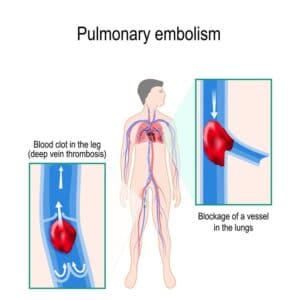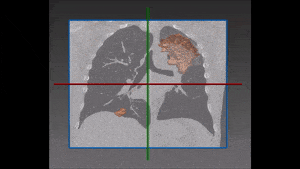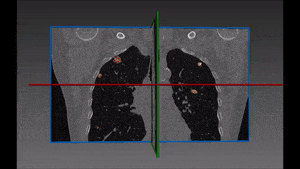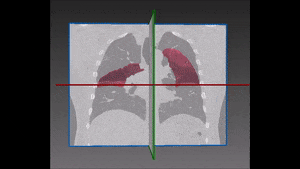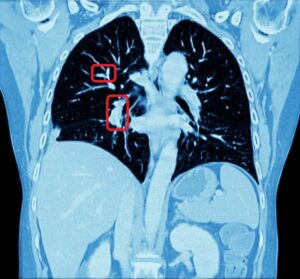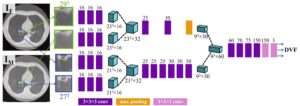Lungs vasculature has a major part in blood oxygenation. The complicated branches of arteries and veins, accompanied by the intricate bronchial tree are in charge of gas exchange, where inhaled air, containing oxygen, enters the lungs and through the bronchial tree it reaches the alveoli. There, oxygen enters the thin capillaries covering the alveolar sac. In a similar manner, carbon dioxide exits the capillaries into the alveoli and exhaled. From the lung, oxygenated blood reaches the left atrium of the heart via the pulmonary veins. Then, the blood enters the left ventricle and into the aorta, which distributes the oxygenated blood to the rest of the body. Deoxygenated blood is carried from the body to the heart by the vena cava, and travels into the lungs through the pulmonary arteries, where it is later oxygenated as mentioned above.
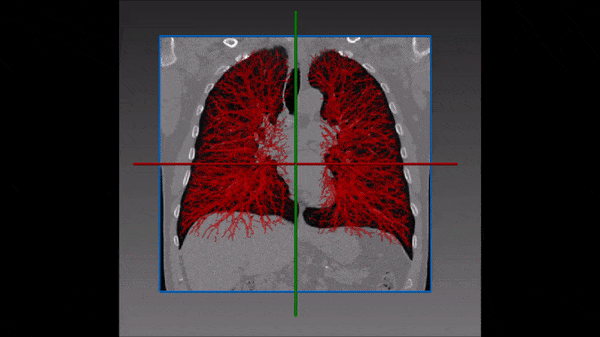
Automated lung vasculature segmentation
Mapping pulmonary blood vessels, major and small, is essential in clinical setting. For example, knowing the vasculature helps with planning of surgeries within the chest cavity and the lungs, including segmentectomy, lobectomy, pneumonectomy or lung biopsy. In addition, knowledge of the vessels branching may help with distinguishing vessels from nodules, masses or other pathologies involving focal opacities. Furthermore, signs of pulmonary hypertension or pulmonary embolism can be identified by proper segmentation of the vessels. In the case of an embolism, determining which vessel is occluded could help choosing the best treatment possible. Manual tracing of the pulmonary vessels can be extremely time consuming for the radiologist. Even the experienced physician may come across difficulties when trying to trace the smallest vessels, due to image noise. Another challenge is given by the difficulty in distinguishing between lung vessels and the tumors which are crossed by them: they have different shape but similar intensity and thus are difficult to segment with classical computer vision techniques. RSIP Vision has developed the most accurate AI module for lung vessel segmentation to solve ideally these challenges. Our automated module uses deep learning neural networks to apply the full power of AI algorithms to lung vasculature segmentation. Contact us and we shall discuss with you the fittest solution for your project.

 Pulmonology
Pulmonology